January 12, 202
Last night, we went to bed early, glad for the extra noise-proof double-pane glass door that sealed us from some of the noise below and the air conditioner that gave us some white noise. We were exhausted from very little sleep the night before along with traveling much of the day. The streets came alive after 10 pm but we were mostly too tired to notice. Through dreams, I vaguely heard the traffic and once I woke up to thumping bass below.
It was already warm when we left the room for an early morning walk in the walled city. This close to the equator, we’d pretty much be in shorts and T-shirts for the next few weeks, even though it was January. Our first goal was to find the coffee that Colombia is famous for. The first place apologized, as they had no water for the day. A sign at our hotel said the Cartagena water system was ancient and unreliable, which also explained why we had little shower water.
We still couldn’t locate an open desayuno (breakfast) café—most coffee and breakfast places didn’t open till 9 or 10. Apparently late mornings are the corollary to late nights in Colombia. Instead, we stopped at bakery for some not-very-sweet pastries and a typical Colombian arepa (cornmeal pancake) and then picked up a large cup of delicious tropical fruit from a street vendor.
Once nourished, we headed out to explore, starting with the wall around the old city. Cartegena is old by U.S. standards, settled by the Spanish in the early 1600s. Their influence is obvious with narrow city streets and Spanish architecture everywhere.
The 11-mile wall surrounding the old city was originally built to protect it from pirates and corsairs. It was constructed after several raids devastated the city, and some of the original canons remain. Walking along the top of the wide wall, we could see the Caribbean Sea beckoning not far away and it was easy to imagine pirate ships anchored near shore. There was an ocean breeze, but it was hot in the sun and there was high humidity that’s typical of coastal areas. Beneath the wall, we found Las Bóvedas (‘the vaults’), an arcade that now mostly houses souvenirs shops and Colombian crafts, but that originally was built as dungeons in the 18th century.
Traffic on the other side of the wall scurried and honked, clogging the six-lane road. For the next month, other people would do the driving for us and at least I’d not have to worry about traffic.
After leaving the wall, we headed to the bohemian Getsemani barrio and suddenly the vibe changed. Far fewer tourists were here and the area looked and felt much more Caribbean, with even more colorful buildings and far more African Colombians, some singing and some hanging out in the shade of the small square. Getsemani was where African slaves lived while they built the walls, and many freed slaves remained there after slavery was abolished in the early 1800’s.
Getsemani went through various transformations and now is home not only to a large African Colombian population but also to craftsmen, painters, poets, dancers and other artists. We wandered through the colorful streets for hours. Eventually we returned to our hotel for siesta, stopping first at one of the nearby street vendor carts for a large vendor-made lemonade.
After resting and cooling down, we headed out to find an ATM so we could get more pesos for the long bus trip the next day to Santa Marta., farther up the coast. Our map app conveniently located all the nearby ATMs, but Cartagena laughs at such maps and we quickly learned that most private ATMs didn’t work and we’d probably need to find a real bank with an ATM. Most banks though had long lines (with armed guards) and rarely had ATMs. We finally stumbled upon an ATM with a locking door (and a short line) and nervously withdrew enough for the next few days where there would be no ATMs or banks. Adding to the pesos we’d gotten earlier, we celebrated the fact that we were now Colombian millionaires, walking around with about $250 US.
Back on the streets, we went to a different part of the wall where we watched the setting sun light up the distant clouds. After the sun set it would still be another hour before most restaurants opened for dinner, so we wandered about the streets near a recommended restaurant until it opened. Once it opened, every table was taken within about ten minutes.
The menu was completely foreign to us, language and otherwise, and we had only a vague idea what we ordered. We began our meal with really good Colombian beer and awaited the mystery meal.
Susan was (somewhat) surprised to be presented with a whole cooked fish on her plate – not what she thought she ordered and not sure how to eat it, but she persevered and loved it. My fish was almost as tasty, but it was filleted so not as challenging to eat. The total cost of our meal, including the beer, was less than $15 US.
So far, portion sizes in Colombia were much smaller than American sizes. Just as well, as we didn’t want to be over-stuffed and there was no way for us to store leftovers.
We also noticed far fewer obese people in Colombia. When we left dinner and started wandering the streets of the walled city again, we noticed a store mannequin that revealed a very different view of beauty. Overweight bodies may not be common but oversized breasts apparently are appreciated!
It was now dark out and the city lit up. The later it got, the more people came out. As we walked around, we found the old city to be surprisingly trash-free and clean.
There were lots of young women dressed pretty much like hookers, many with their handsome men on their arms. Most of the men wore nice jeans and clean shirts. There were also lots of families with children, staying up late into the night. The vibe was festive but not boisterous.
We found that, unlike in Mexico, no one greeted us on the street with a friendly buenas noches but neither were they unfriendly. Gringos were rare and we still struggled with the Colombian Spanish that was spoken faster than we were used to and with accents and words that confused us. Occasionally we’d consult our translate app, which was clunky. Still, we got by with our (mostly Susan’s) limited Spanish.
As we wandered about, we searched for arepas con leche condensada, which we were told was excellent and thought would make a good dessert. But the only arepas we found were arepas con queso (cheese), which we tried but didn’t enjoy very much.
While exploring the nightlife, we found several performing groups but, sadly, very little live music. Walking around the old city at night was a treat but by 9 we were wiped out, still not caught up on sleep.
It was Wednesday but the street scene was just getting started as we headed for bed. Once there, we realized the extra-insulated balcony door was no match for the noise. We woke several times to thumping bass passing by, sirens and honking. Miraculously, by 3 am the noise suddenly ceased as if someone flipped a switch.

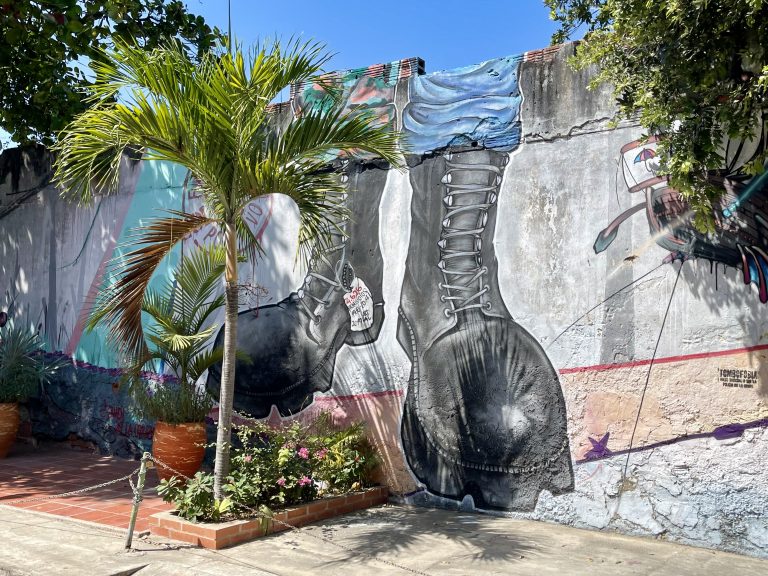
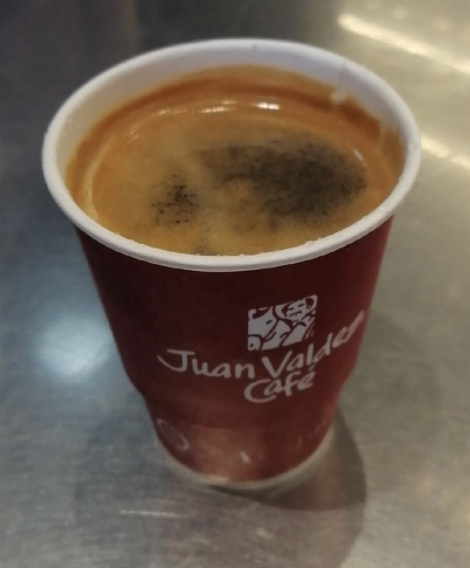
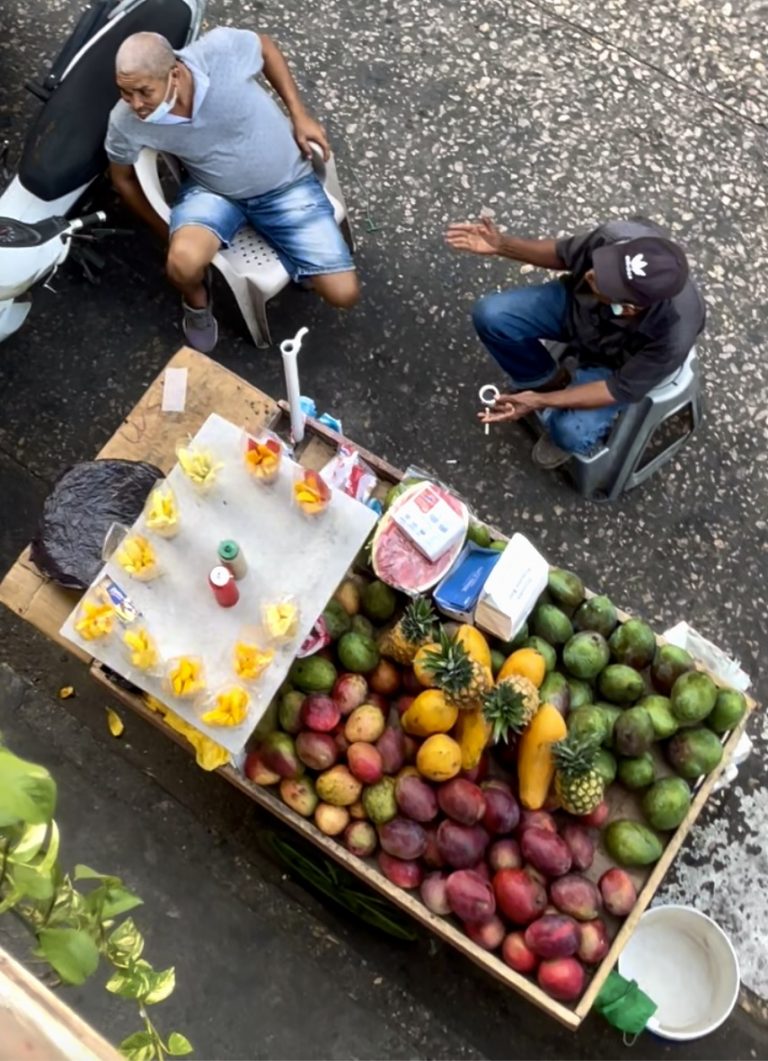
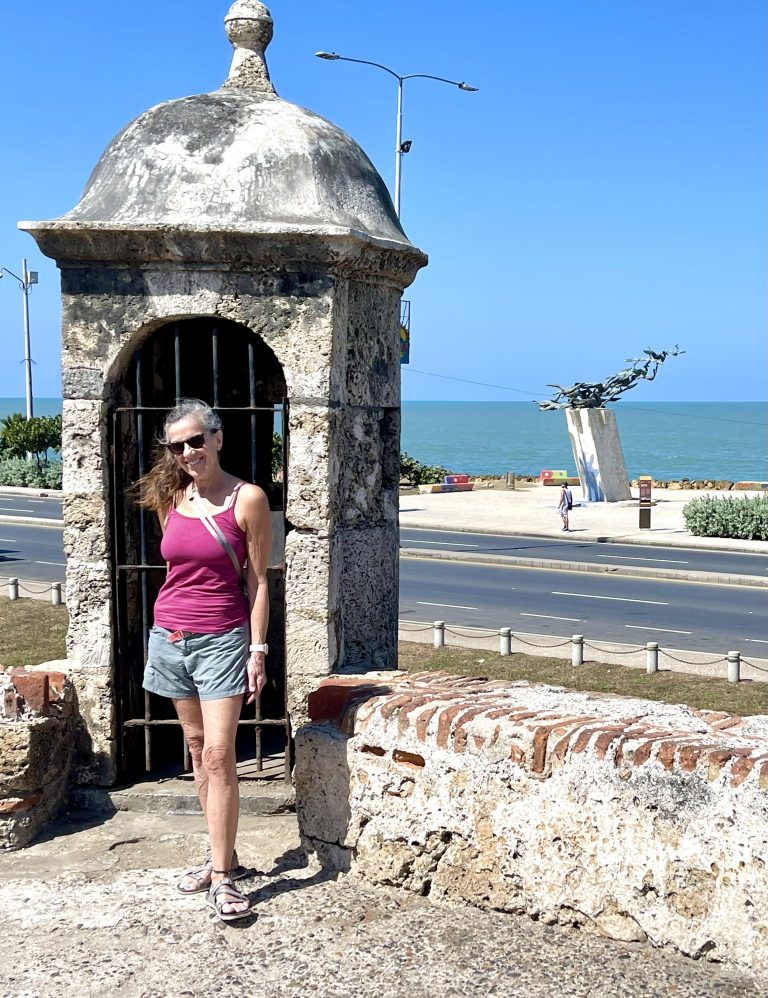
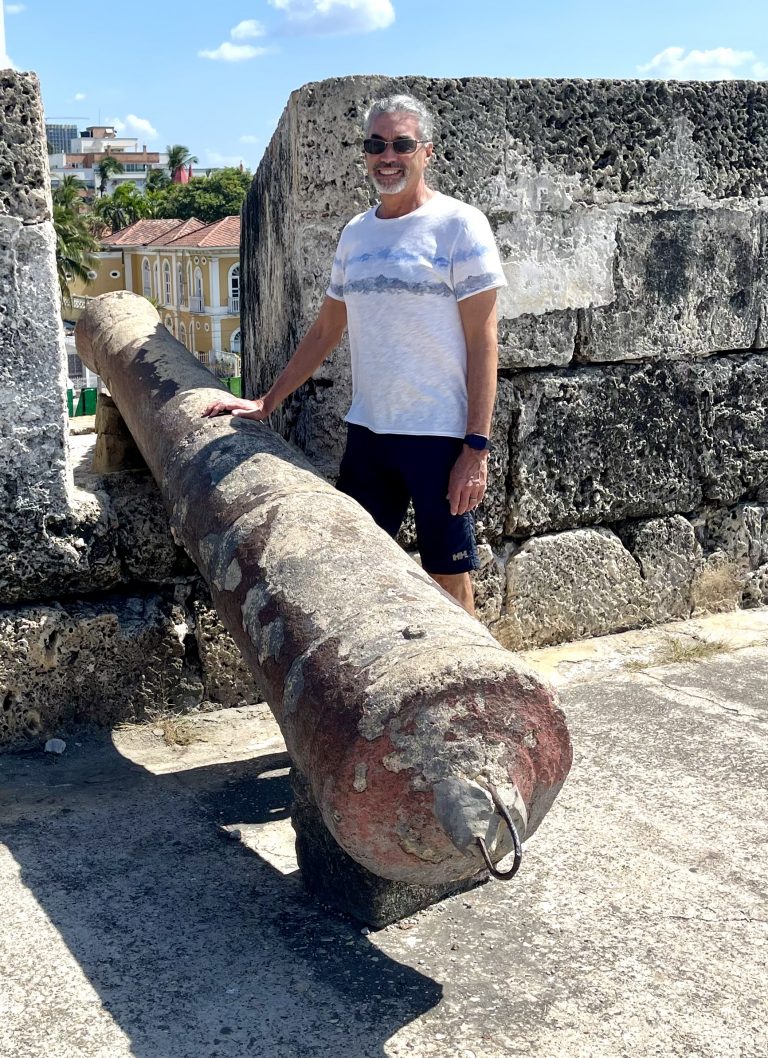
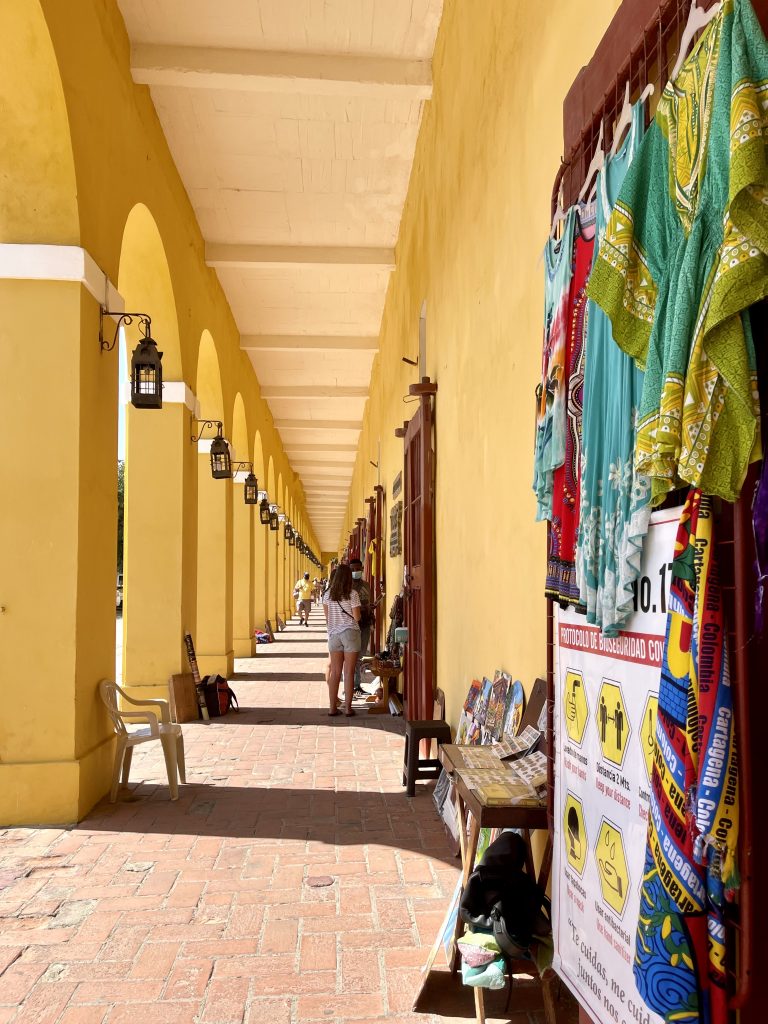
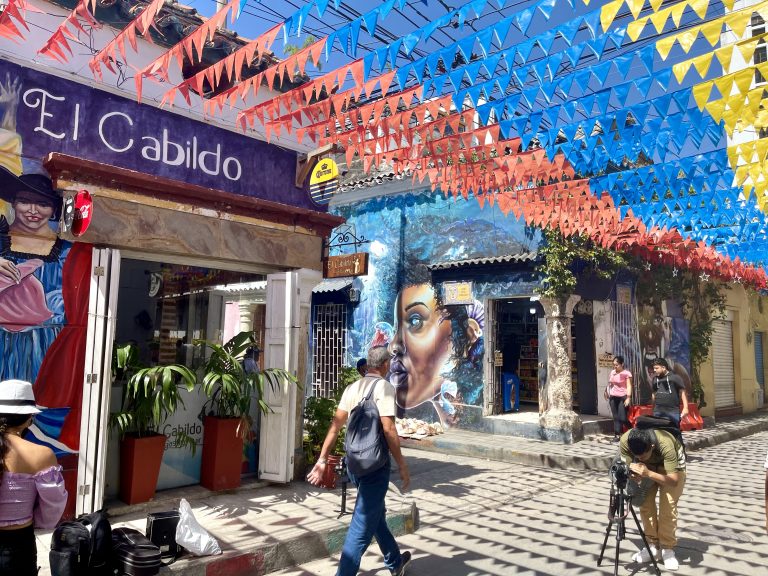
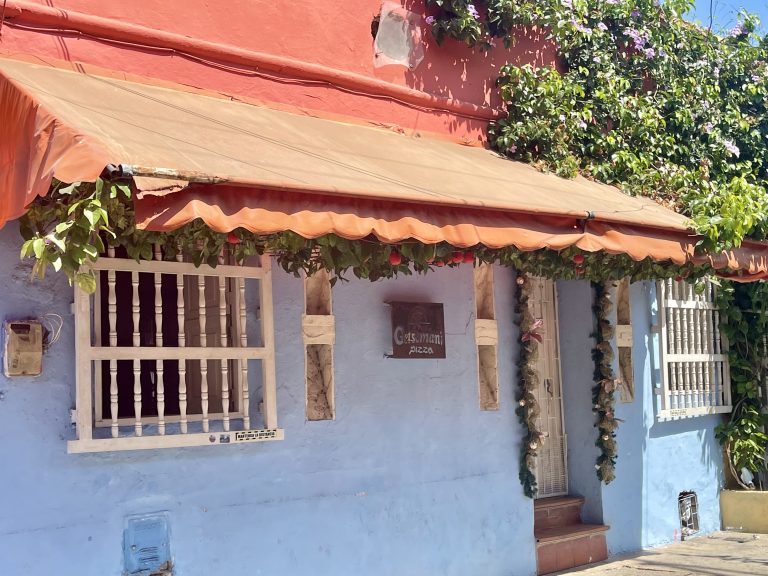
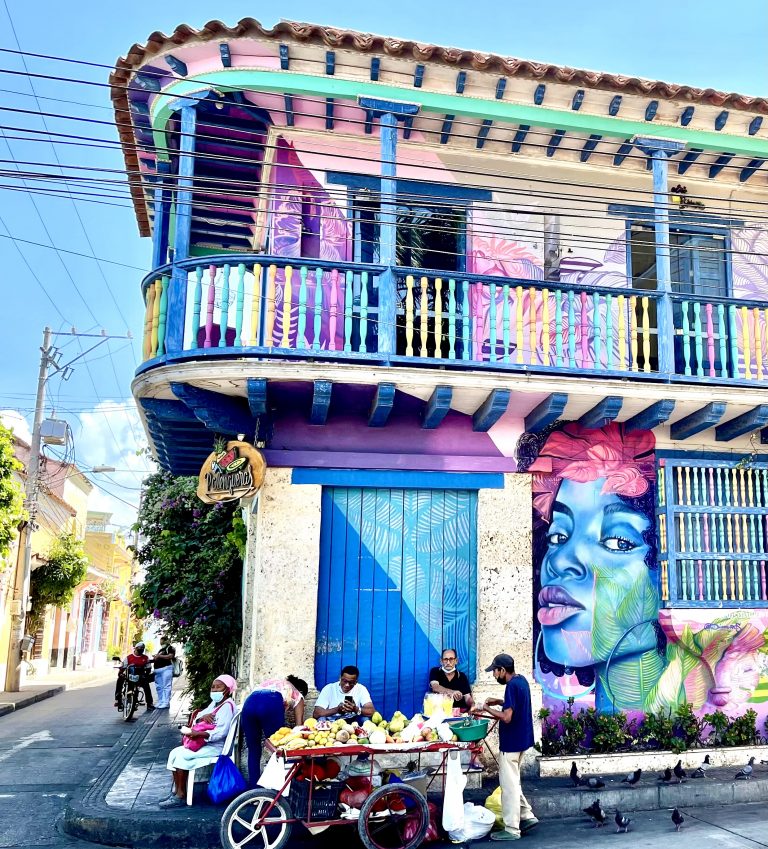
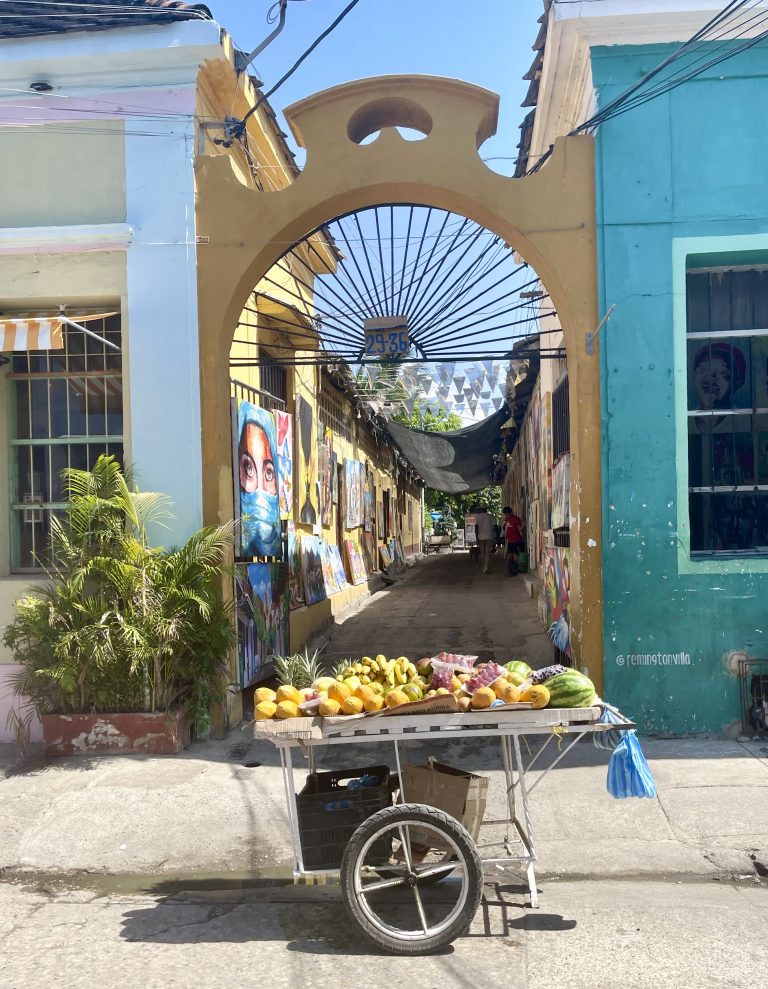
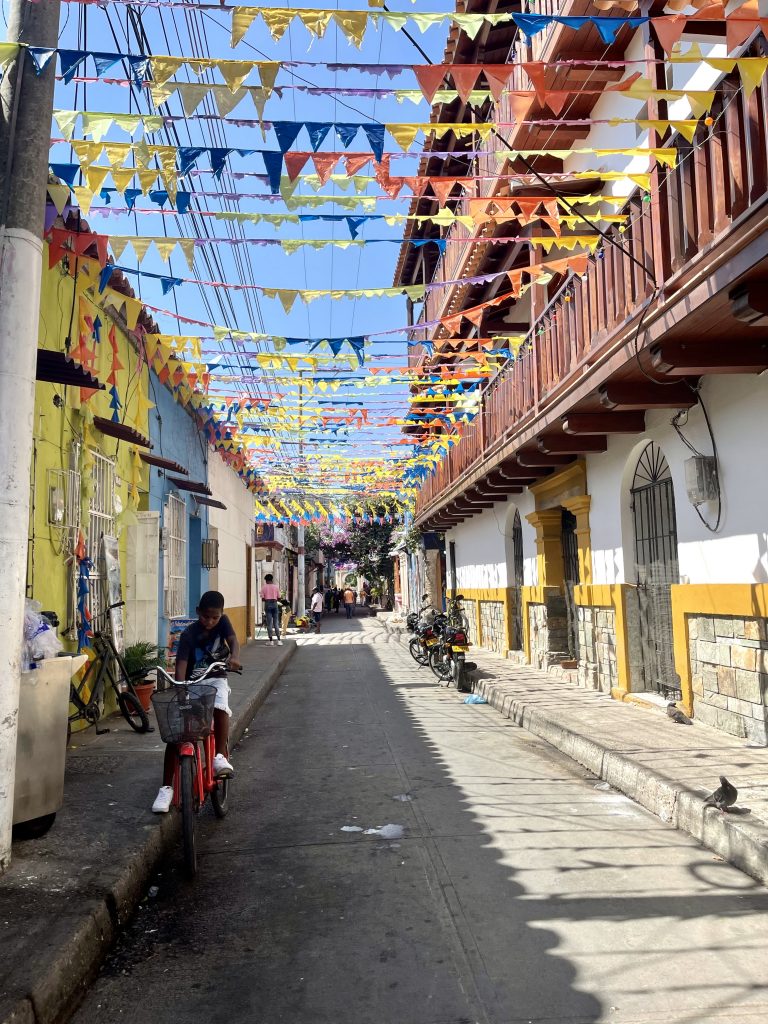
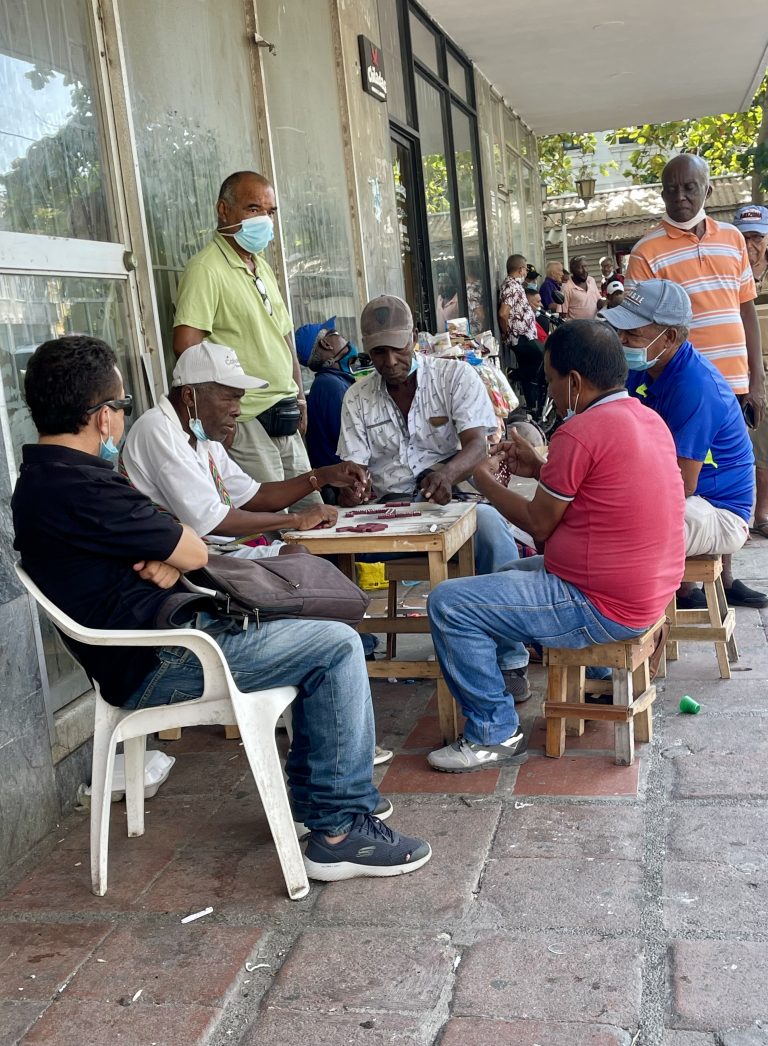
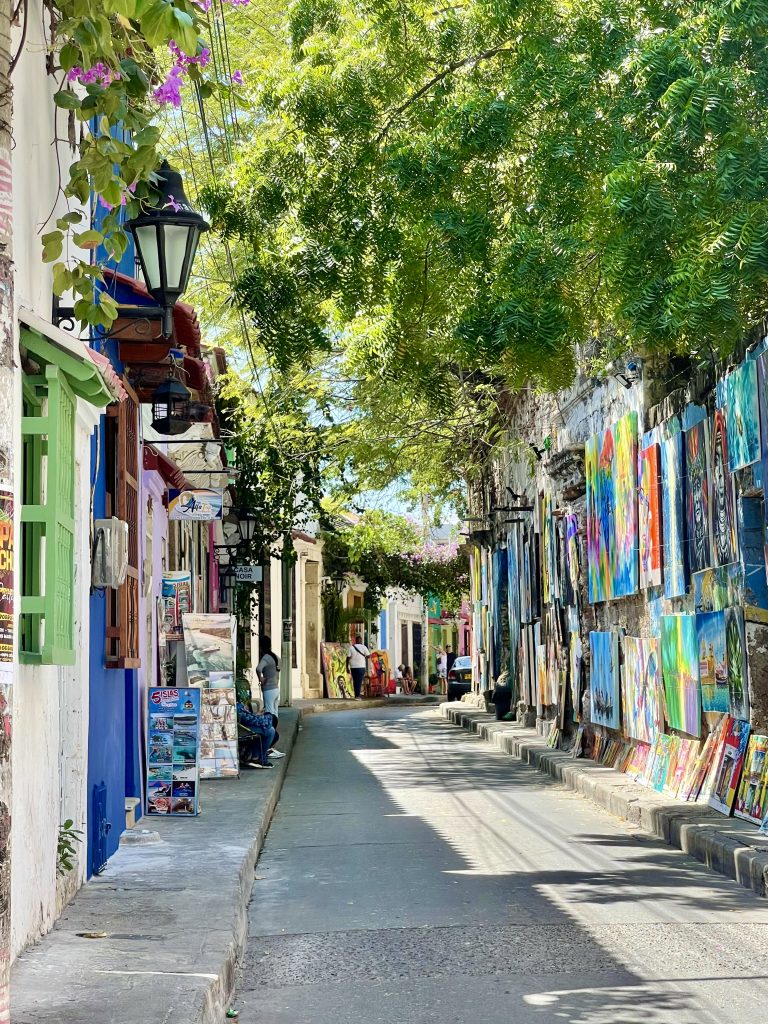
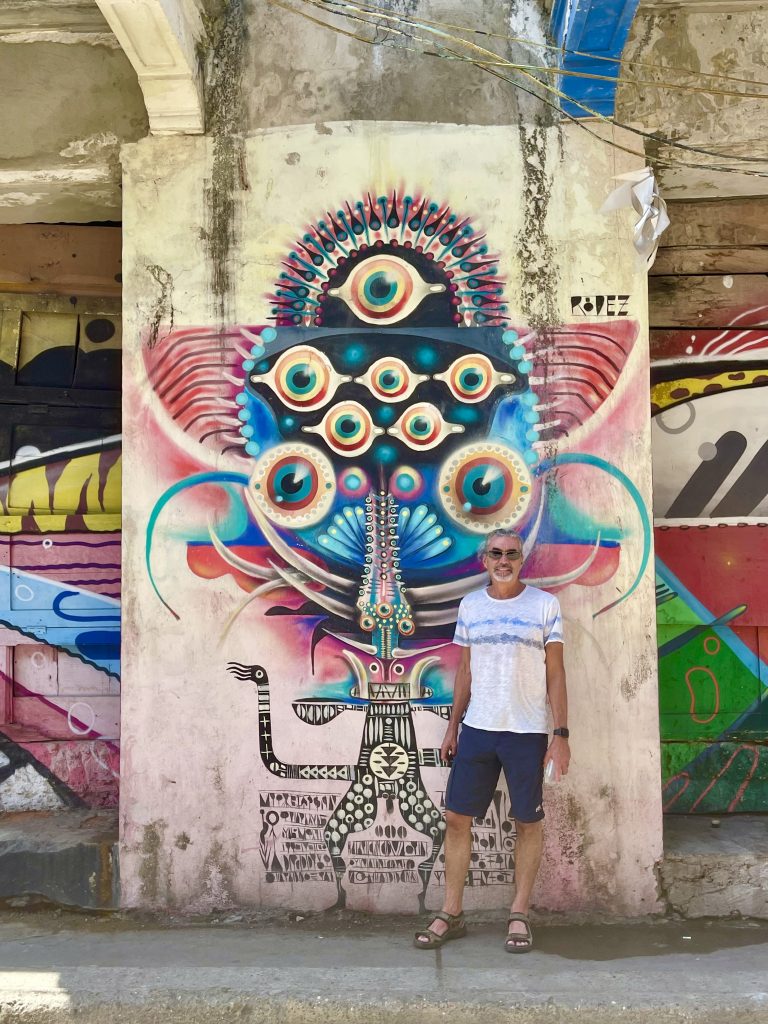
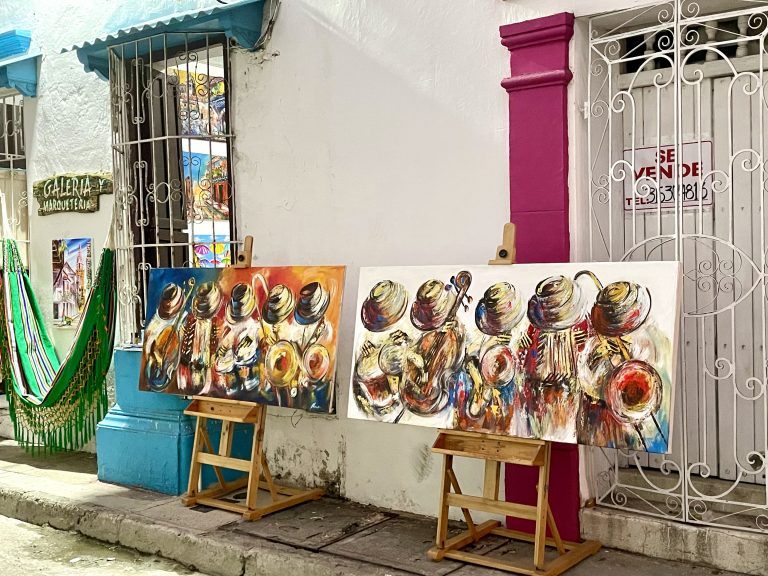
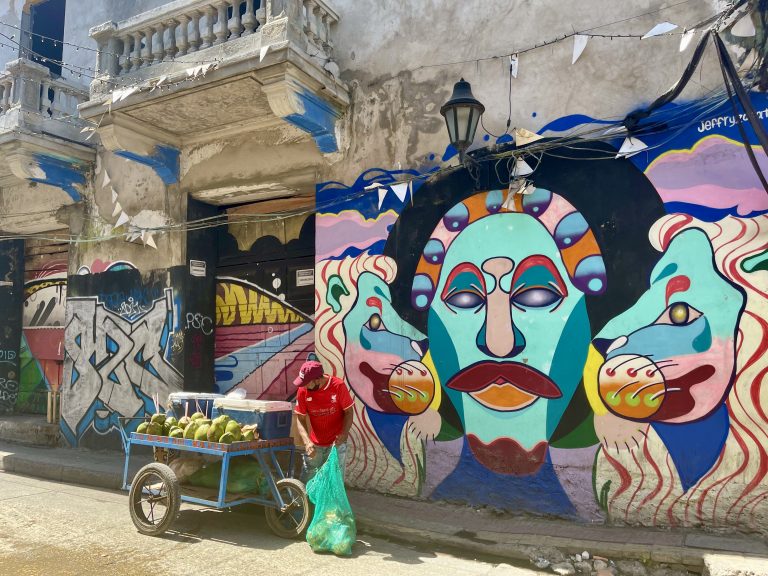
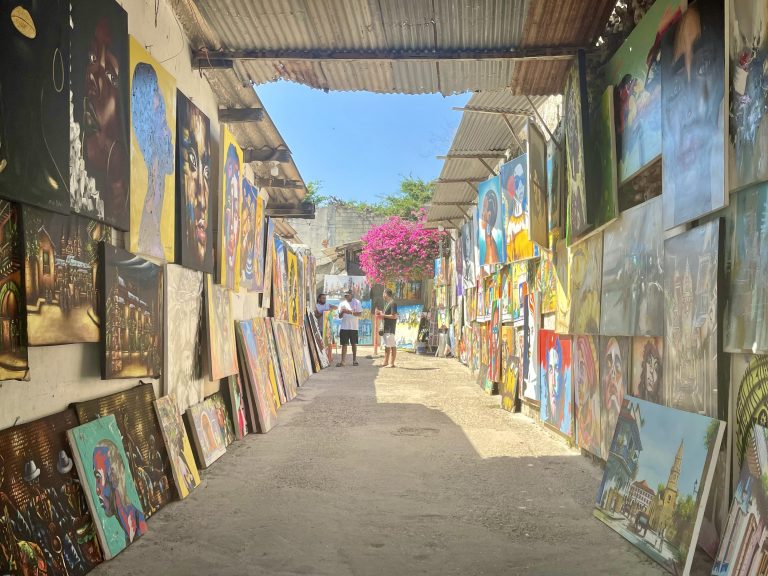
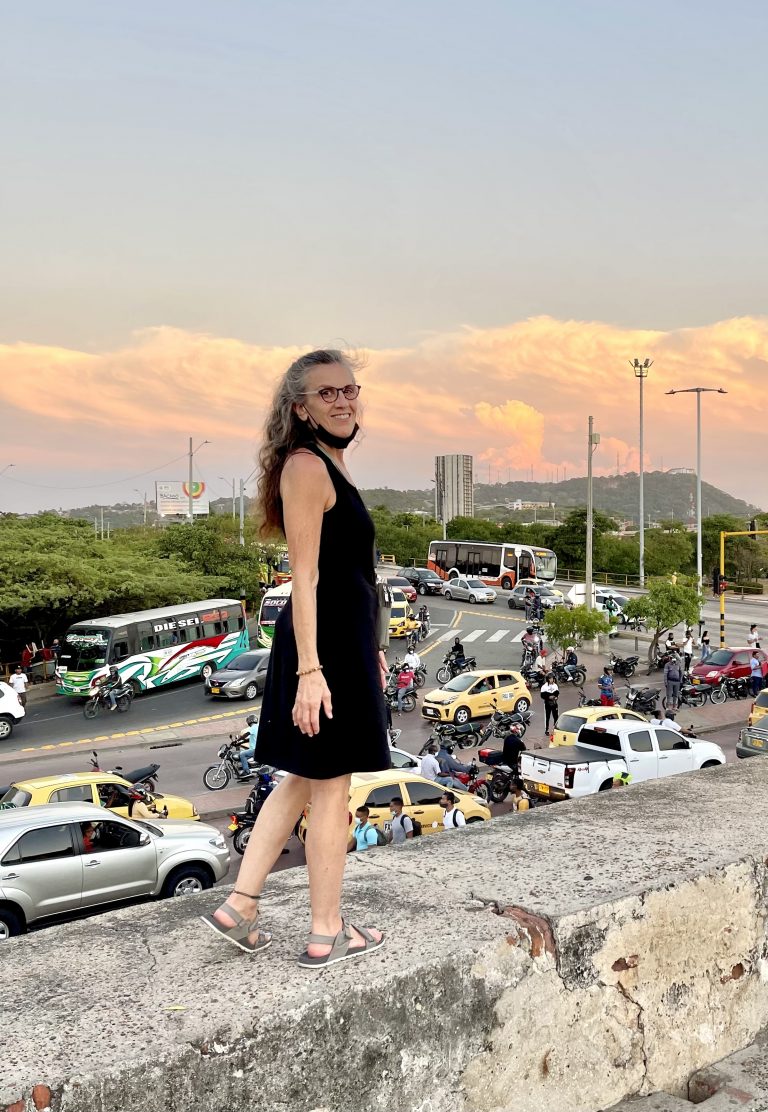
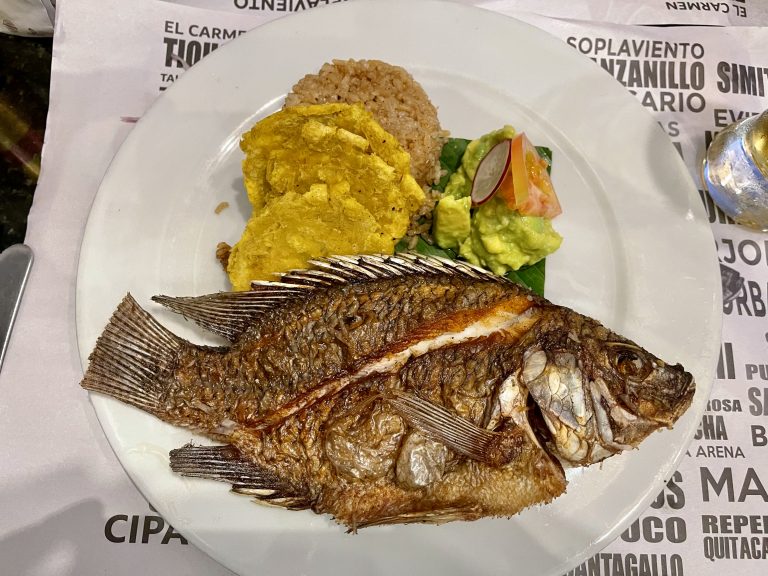
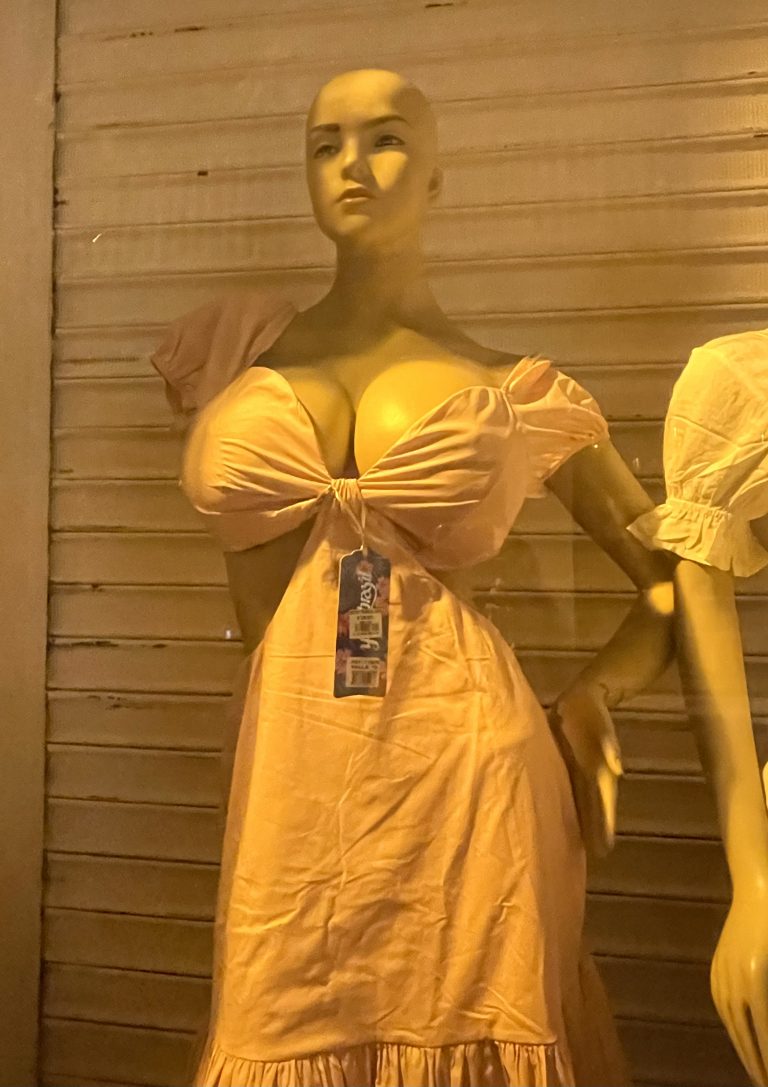
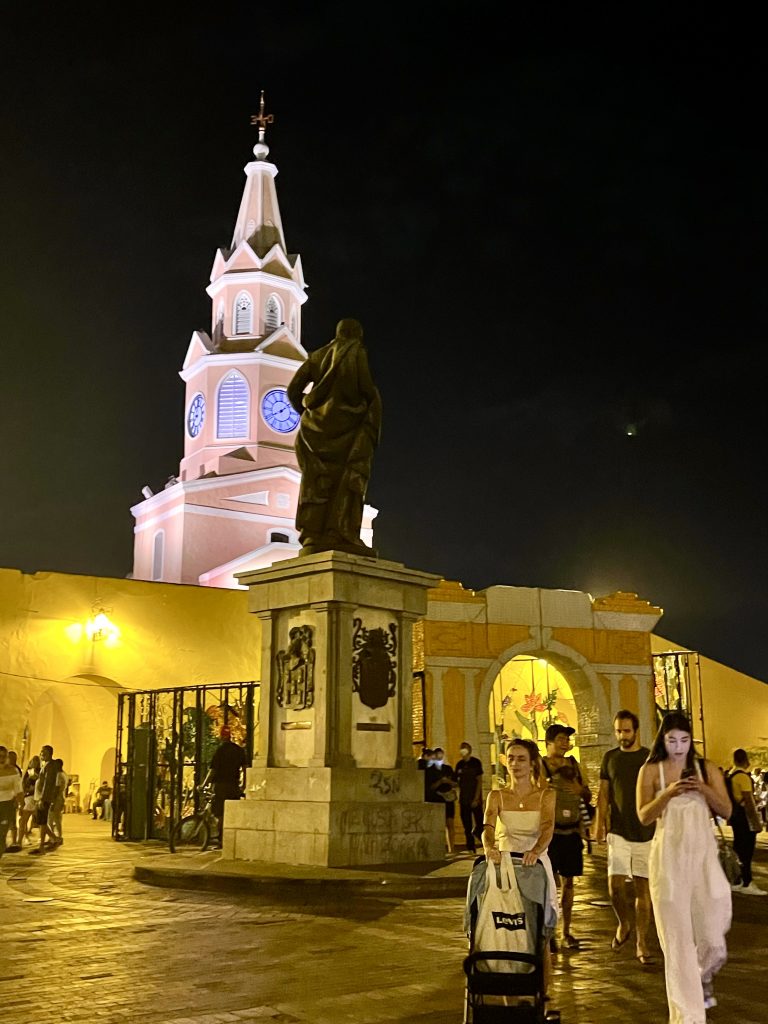
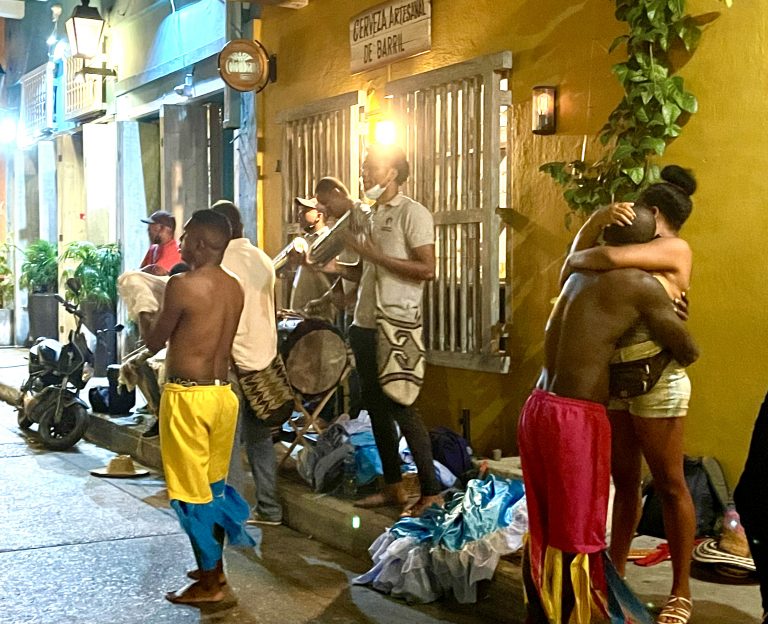
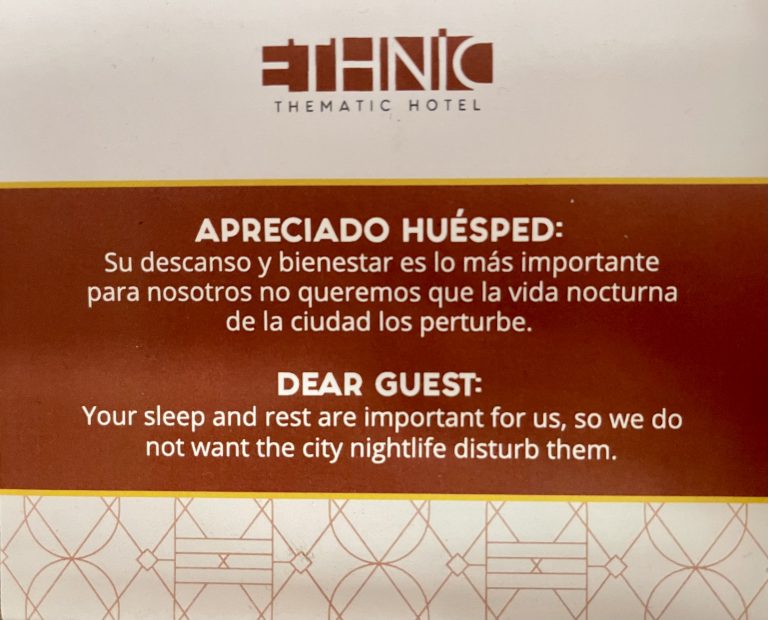
One Response